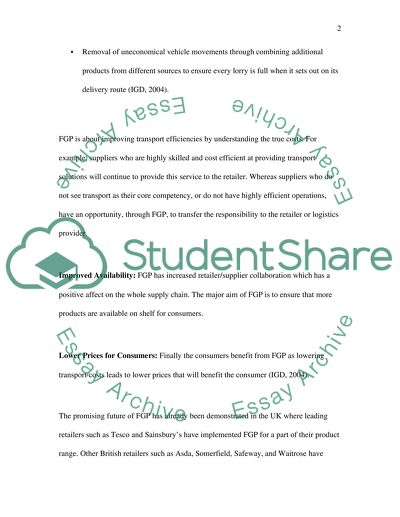Cite this document
(Marketing Channels: Factory Gate Pricing, Collaborative Planning, Term Paper, n.d.)
Marketing Channels: Factory Gate Pricing, Collaborative Planning, Term Paper. Retrieved from https://studentshare.org/marketing/1536878-marketing-channels
Marketing Channels: Factory Gate Pricing, Collaborative Planning, Term Paper. Retrieved from https://studentshare.org/marketing/1536878-marketing-channels
(Marketing Channels: Factory Gate Pricing, Collaborative Planning, Term Paper)
Marketing Channels: Factory Gate Pricing, Collaborative Planning, Term Paper. https://studentshare.org/marketing/1536878-marketing-channels.
Marketing Channels: Factory Gate Pricing, Collaborative Planning, Term Paper. https://studentshare.org/marketing/1536878-marketing-channels.
“Marketing Channels: Factory Gate Pricing, Collaborative Planning, Term Paper”, n.d. https://studentshare.org/marketing/1536878-marketing-channels.


